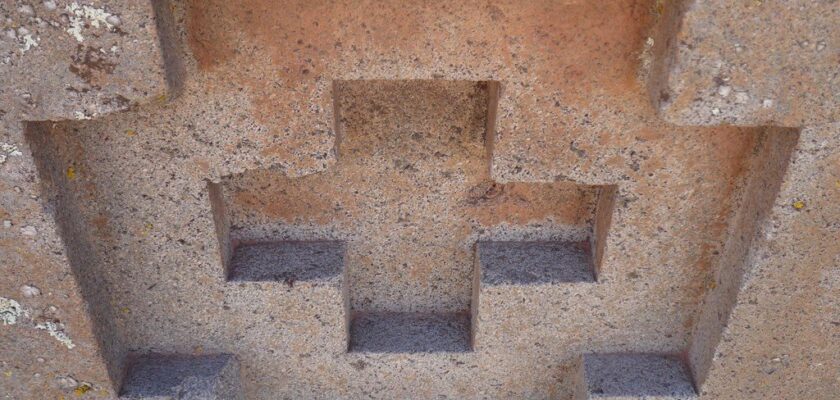Puma Punku
Puma Punku is a megalithic complex of structures located near Tiwanaku, in Bolivia, 72 km from La Paz, near the eastern shore of Lake Titicaca. The complex is an embankment, mostly clay, faced with megalithic blocks. Its dimensions from north to south are 167.36 meters, from east to west – 116.7 meters. At the northeast and southeast corners there are additional rectangular volumes of the facing embankment 20 meters wide and 27.6 meters long. Below the level of the embankment is a rectangular courtyard, the walls and surface of which are also composed of megaliths.
.
On the eastern edge of Puma Punku there is a terrace, the so-called “Litica Platform”. Its dimensions are 6.75 meters by 38.72 meters. The Platform includes the largest stone block found at Puma Punku and Tiwanaku. The dimensions of this monolithic slab of red sandstone are 7.81 meters long, 5.17 meters wide and, on average, 1.07 meters thick. The estimated weight is about 131 tons.
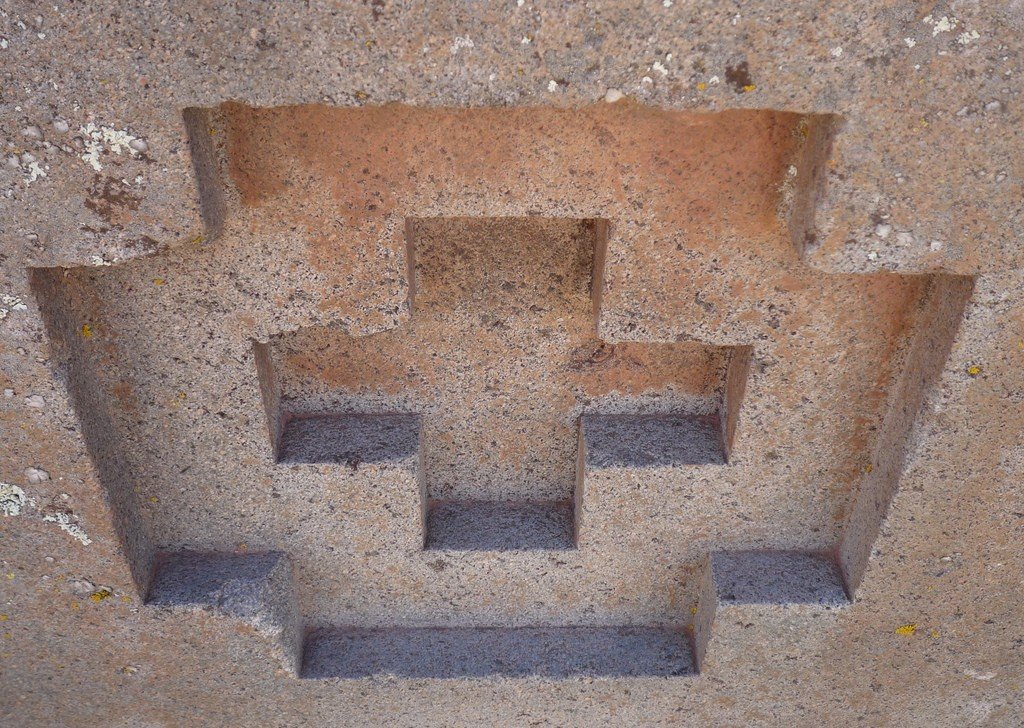
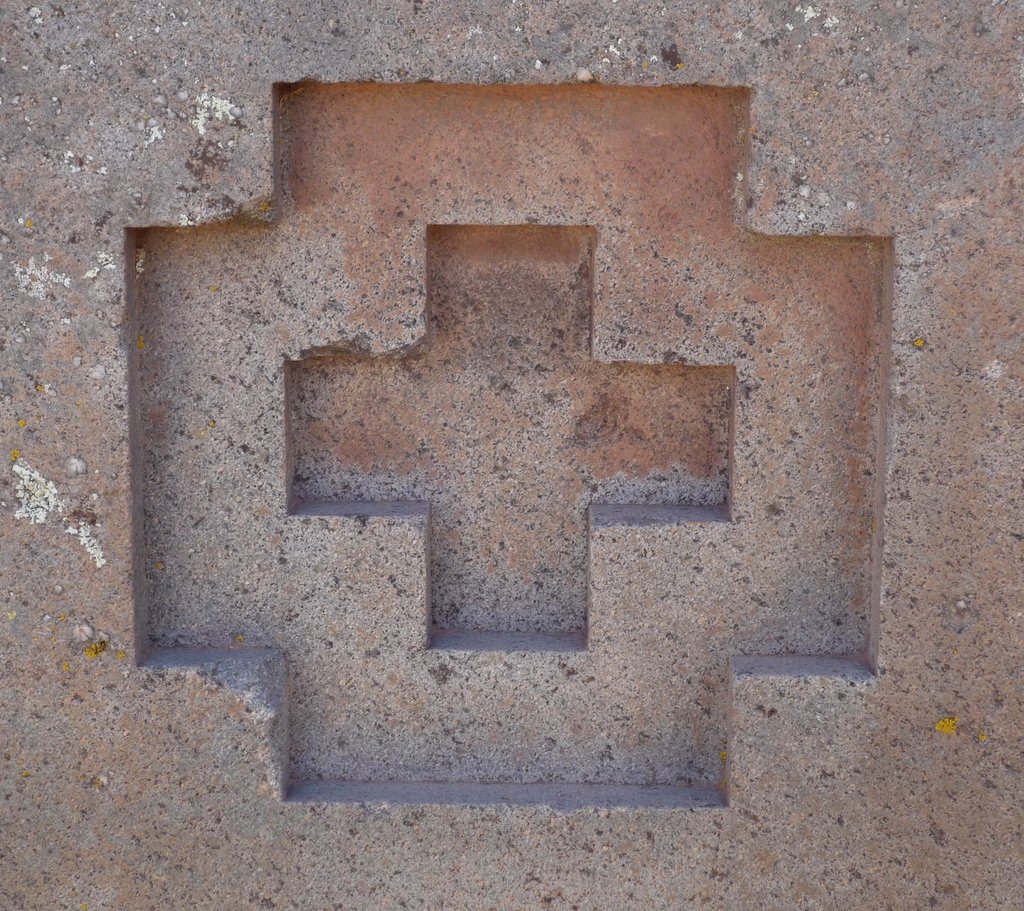
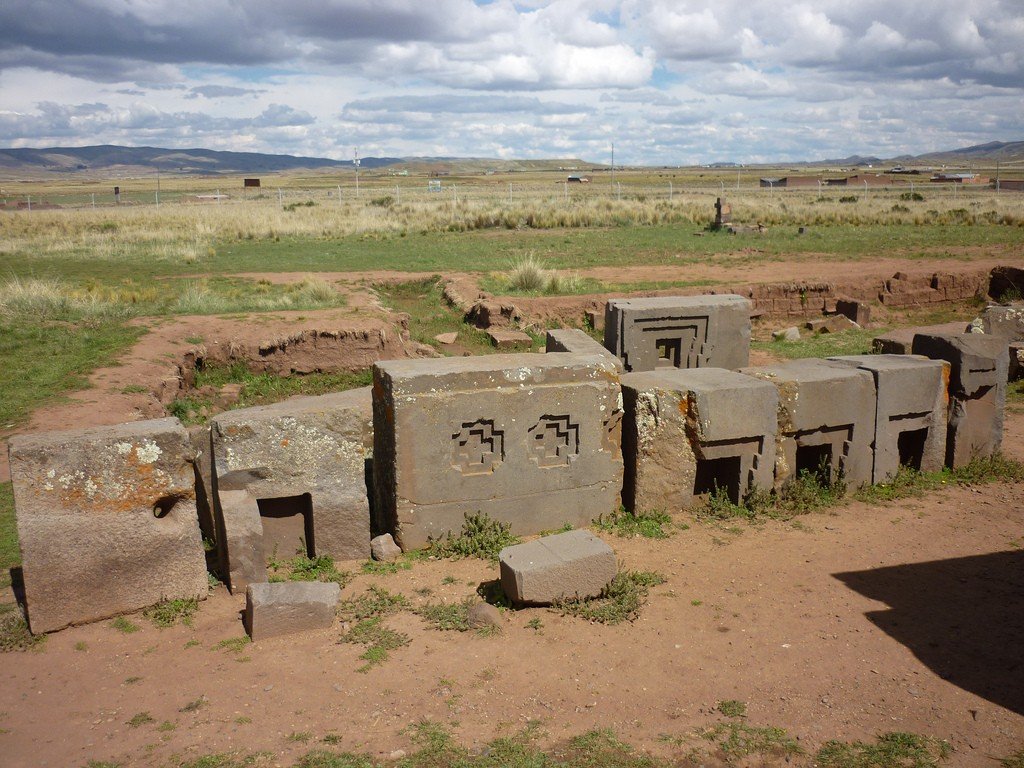
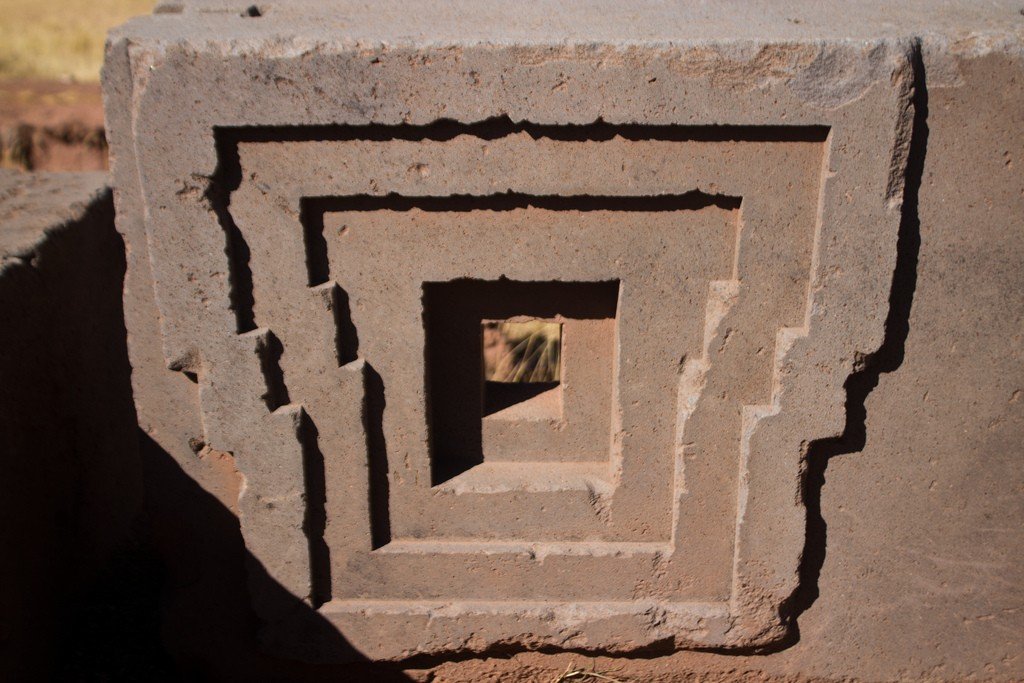
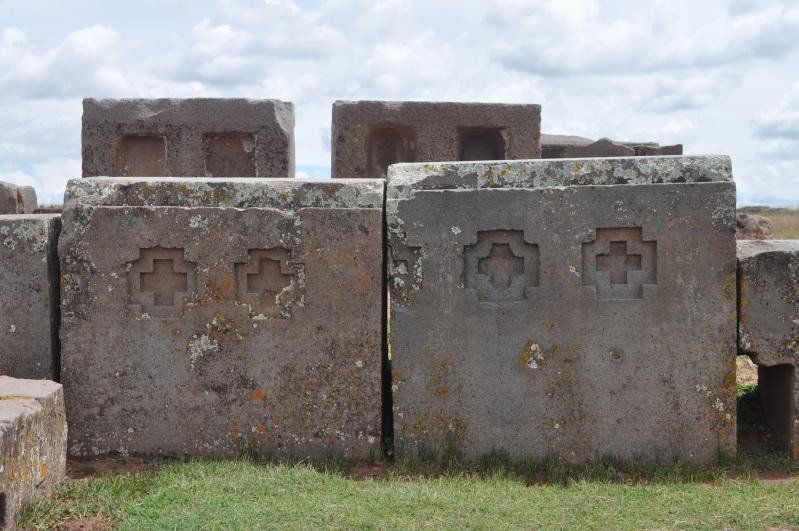
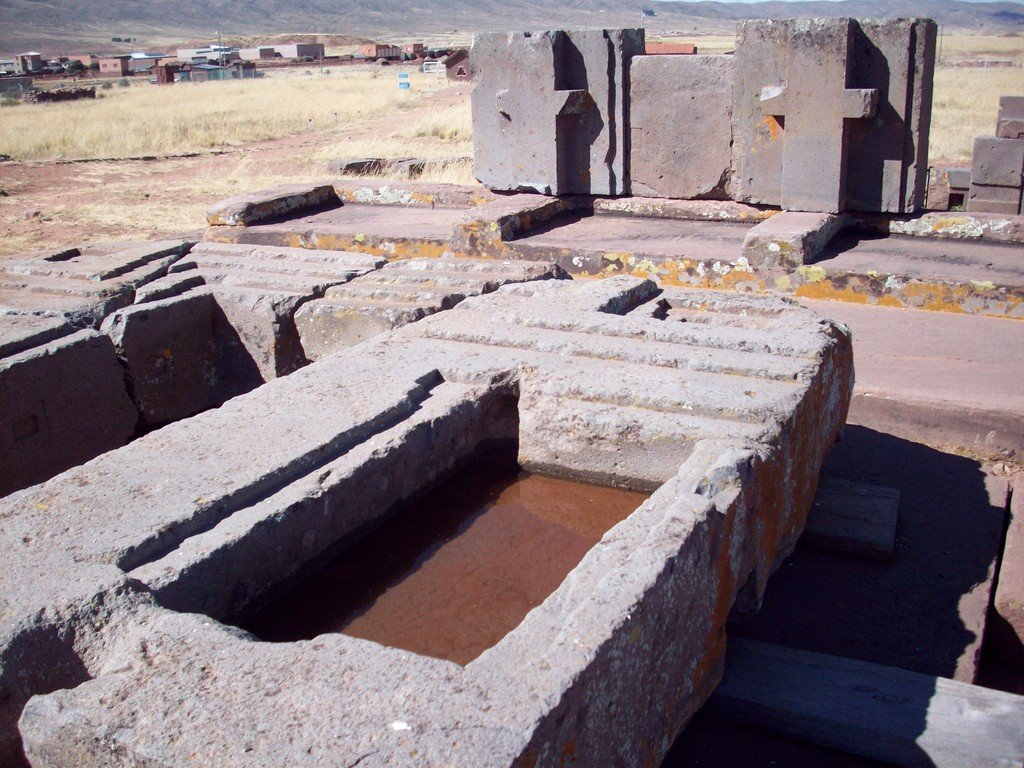
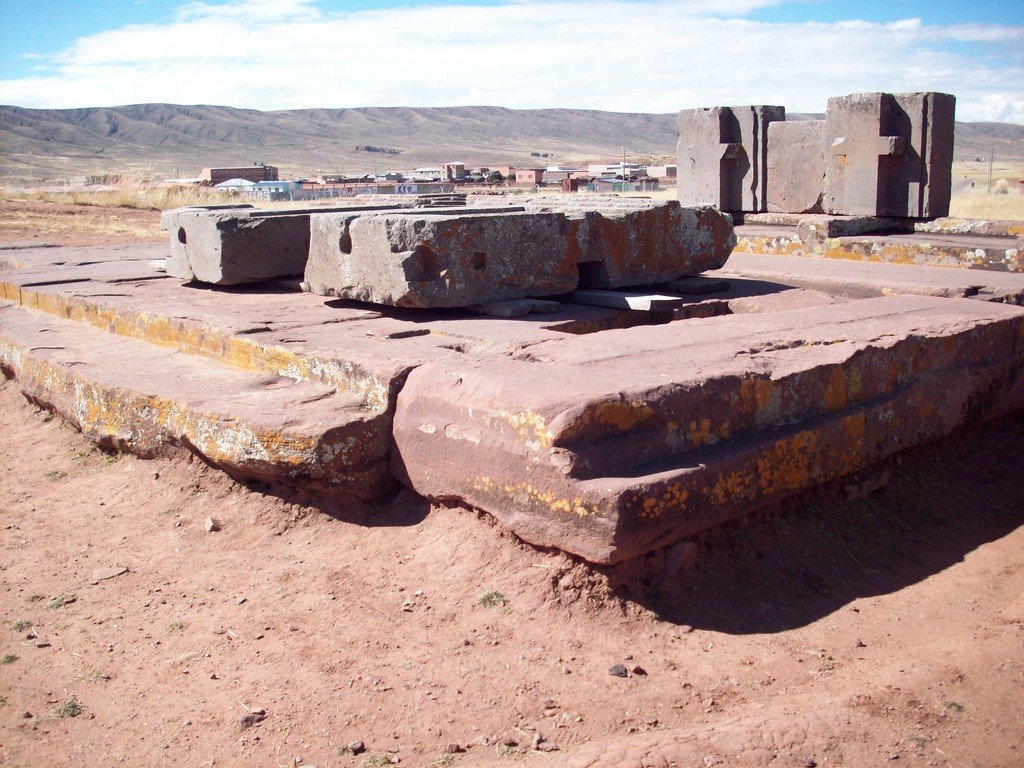
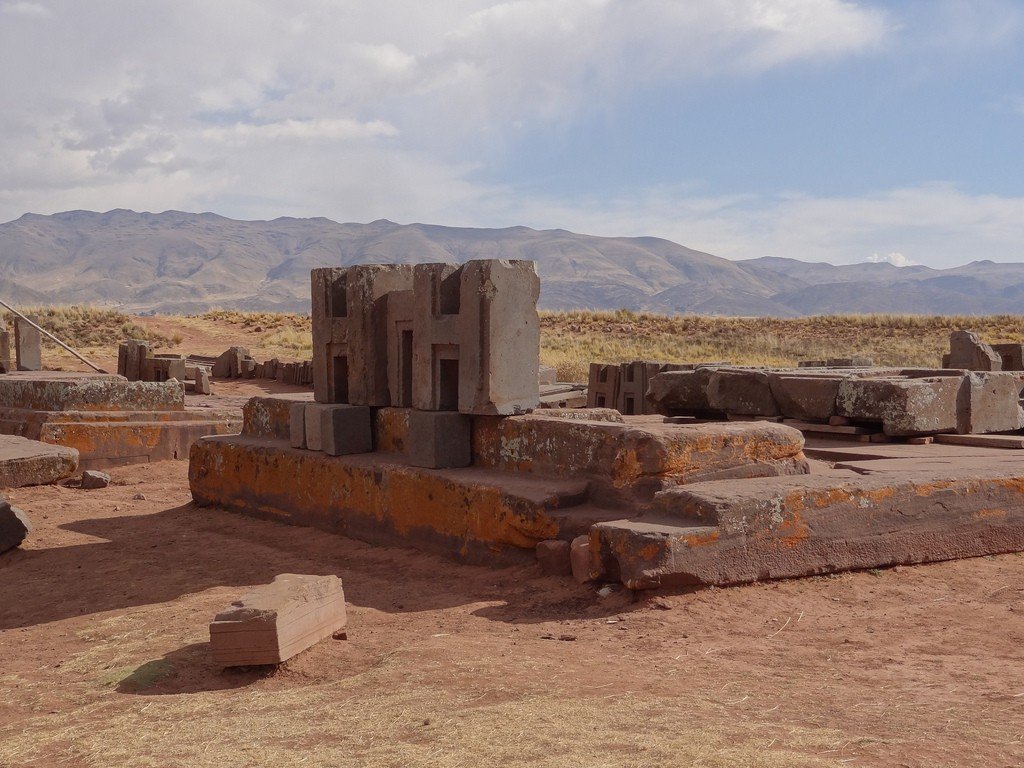
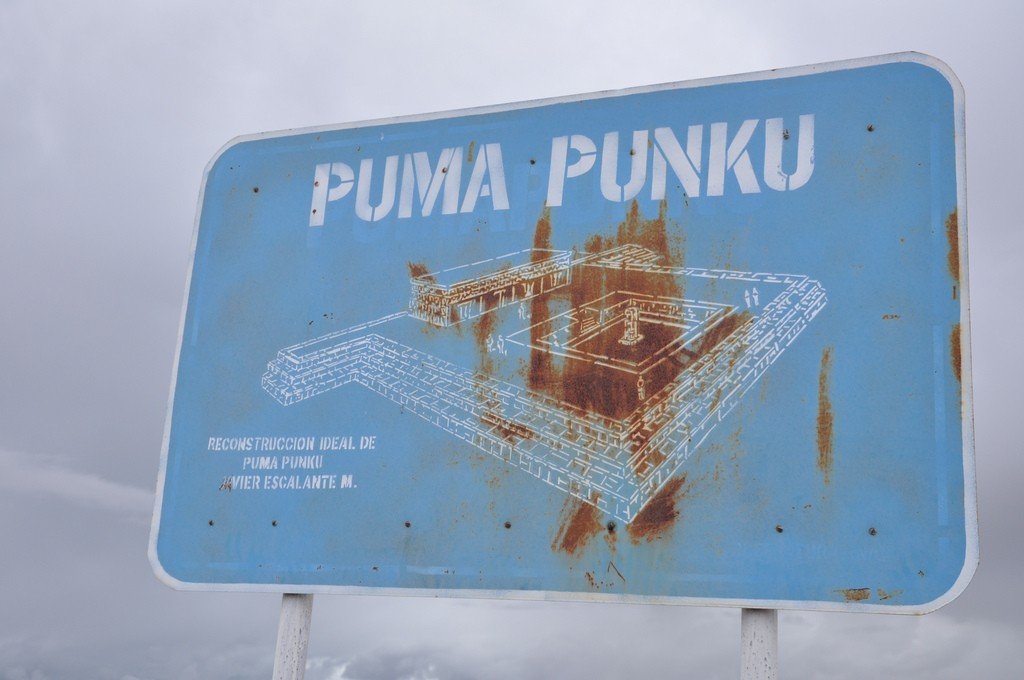
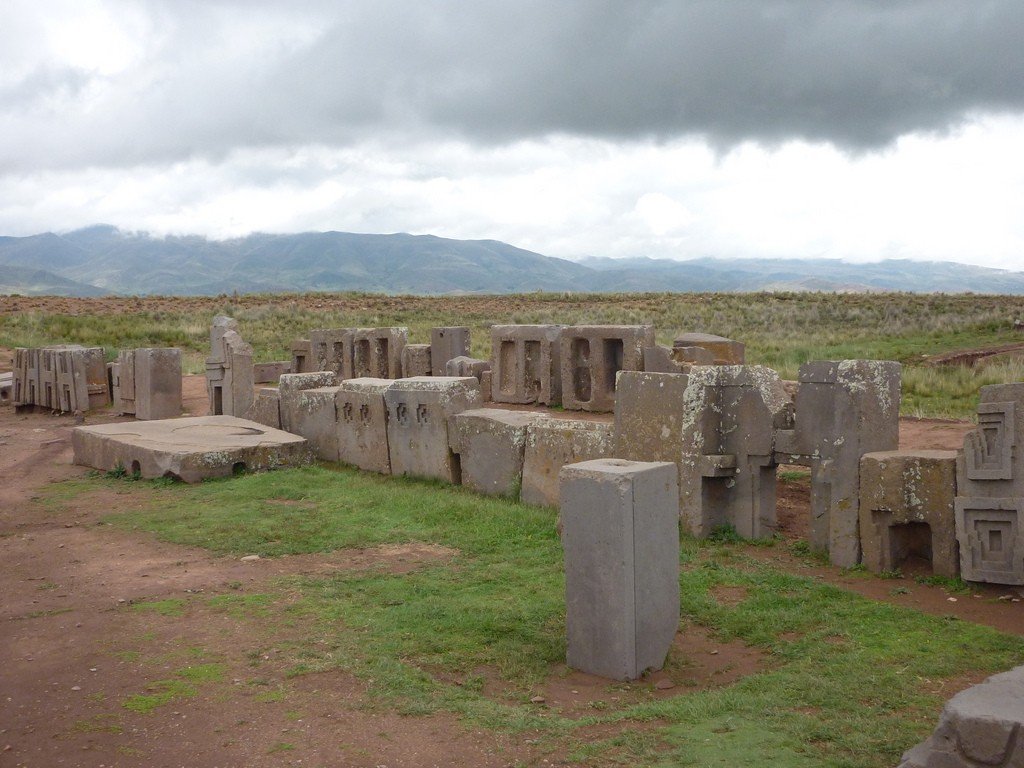
Theories of the origin of Puma Punku
Archaeologists do not know exactly what Puma Punku was in ancient times, what it used to look like, or what the purpose of this huge complex was. Traditionalist scholars believe the complex is about 2,000 years old. But in 1945, Bolivian archaeologist Arthur Poznanski suggested that Puma Punku was much older. After examining the structures, located, in his opinion, in accordance with the stars, he concluded, based on archaeoastronomy data, that they were built 17,000 years ago.
.Puma Punku is unique in terms of its construction, planning and location. It is one of the most interesting ancient sites in the world, and no one has yet solved its mystery. Traditional scientists believe that the andesite blocks were carved by hand using primitive stone tools. But some researchers point to sophisticated stone working and the use of precise advanced technology. The faces of some blocks are cut at right angles with almost exceptional precision. They also have intricate holes drilled into them to connect the faces. How did such primitive people, who lived tens of thousands of years ago, managed to work stone with such precision?
.Could the ancient builders of Puma Punku have used advanced technology in processing the giant blocks, technology of extraterrestrial origin, as adherents of the paleocontact theory believe? Their meticulous study of the stones with magnifying devices revealed surprisingly fine workmanship, peculiar to a mechanical tool or even a laser. Any architect or engineer will notice that whoever built Puma Punku had a concept of planning, distribution of work, and access to advanced technology.
.
But if extraterrestrial technology was indeed used at Puma Punku, where is the evidence for it? American scientists put the Puma Punku stone to the test by cutting it with laser technology and a modern diamond circular saw, and then compared these slices under a microscope to a slice made several thousand years ago. Despite the effects of time on the ancient surface, the comparison revealed a noticeable difference between the slices.The slice made by the laser shows vitrification, i.e., a transformation into a glass-like surface when exposed to temperature. Of course, a slice made with a circular saw shows circular marks. And when creating the ancient surface, apparently, used a completely different tool, as it is not found on it neither one nor the other. What could have been used in ancient times for such precise processing of andesite? Could evidence of advanced technology be found in further study of Puma Punku stone construction?
.Many of the blocks are H-shaped, and all are almost identical in size and shape, as if they were factory-made with special machinery. Naturally, the internal corners located at the edges of these blocks cannot be carved with a copper chisel and a stone hammer. The technological level of these structures is so high that, according to the researchers, in some cases outstrips even modern ones.
.
Another question arises, how could ancient people move these stone blocks of andesite? Traditionalist archaeologists answer this question this way – huge blocks were cut in a quarry 90 kilometers away and moved to Puma Punku using logs. But supporters of the paleocontact theory refute this possibility. Trees that could have been used to make logs have never grown in the area, at 3,900 meters above sea level.
.
Proponents of the paleocontact theory also believe that moving these massive blocks from the quarries to Puma Punku would have required the use of supertechnology – levitation, anti-gravity technology, giant lifting devices – something that aliens could have possessed.
.
Another question that worries scientists: is it possible that the Sumerians, who created a civilization in the 4th millennium BC, and lived 12 thousand kilometers away, had ties with the ancient inhabitants of Tiwanaku? And if so, how did it happen? Proponents of the paleocontact theory believe the answers lie in the Museum of Precious Metals in the Bolivian city of La Paz. It houses one of the most important archaeological artifacts ever discovered at Tiwanaku or Puma Punku.
.
This is the famous Fuente Magna bowl discovered near Tiwanaku. It is a ceramic bowl with text written in Sumerian cuneiform as well as Proto-Sumerian text written in hieroglyphics. These texts date from around the 3rd millennium B.C. and indicate direct contact between the ancient Sumerians and the people of Tiwanaku and Puma Punku. This vessel, found in 1950 by a peasant near Lake Titicaca, is considered by some researchers to be evidence of an alien visit to Puma Punku. The bowl is considered a “misplaced artifact,” meaning an object of historical, archaeological or paleontological interest found in an unusual or seemingly improbable location. It is currently housed at the Museum of Precious Metals in La Paz..The idea of a Sumerian text related to Puma Punku and Tiwanaku belongs to Zecharia Sitchin. He suggested that the Sumerians had contacts with celestial beings, the Annunaki. And, therefore, the Annunaki were both there, in Sumer, and here, in South America, in Puma Punku and Tiwanaku.
.Puma Punku in the movies
The Mystery of Puma Punku is the 38th film (season 4, episode 6) of the television series Ancient Aliens, aired on March 16, 2012
.Tourists
Tourists are given the opportunity to appreciate the uniqueness of the site and the incredibly precisely and evenly worked blocks on the south side of the hill, which archaeologists present as most closely replicating the original Puma Punku.
.